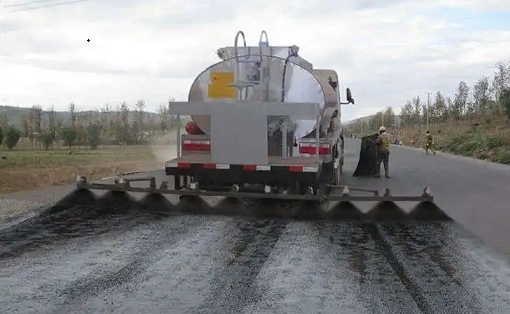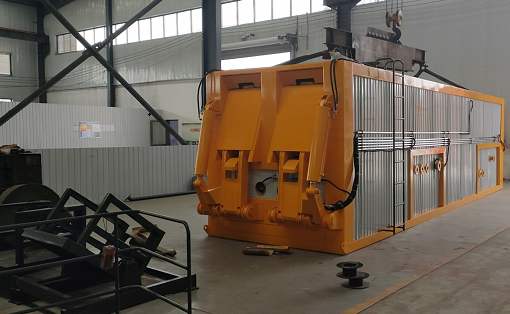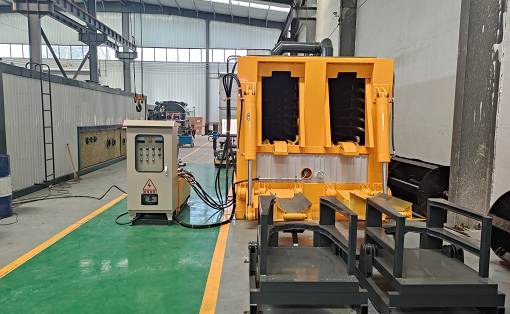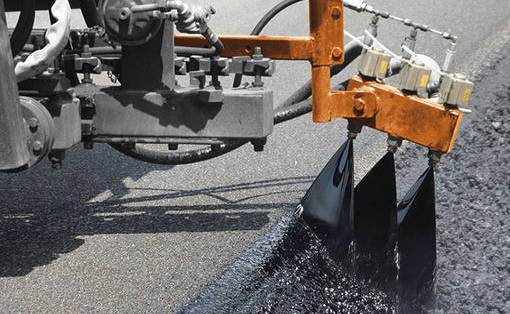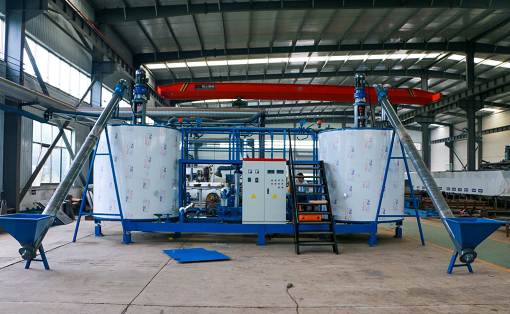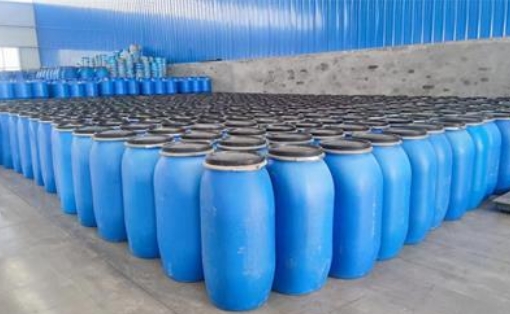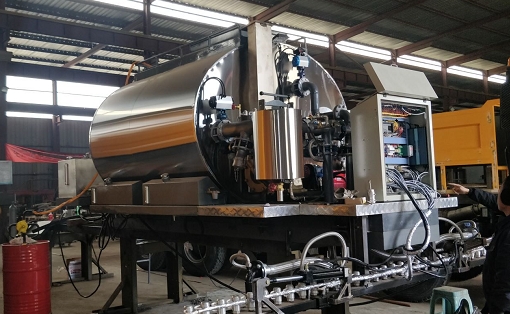Emulsified bitumen equipment should pay attention to the selection and maintenance of equipment
During the use of emulsified bitumen equipments, if maintenance is not paid attention to, the cycle will be short, and problems will often occur during use. Only by doing a good job of maintenance can the operation efficiency of the equipment be improved. For example, during maintenance, the following points must be grasped.
It is necessary to regularly check the wear condition of the internal structural components of the mechanical equipment, such as the core feed pipe, the rough jaw plate on the impeller, the cone cap, the wear level of the jaw plate, the rain shield on the circle, and the wear condition. If the wear is more serious, it is necessary to replace or repair it in time. When replacing, it is also necessary to pay attention to the model and specifications, and replace it according to the original components as a reference.
During the use of emulsified bitumen equipments, if maintenance is not paid attention to, the cycle will be short, and problems will often occur during use. Only by doing a good job of maintenance can the operation efficiency of the equipment be improved. For example, during maintenance, the following points must be grasped.
It is necessary to regularly check the wear condition of the internal structural components of the mechanical equipment, such as the core feed pipe, the rough jaw plate on the impeller, the cone cap, the wear level of the jaw plate, the rain shield on the circle, and the wear condition. If the wear is more serious, it is necessary to replace or repair it in time. When replacing, it is also necessary to pay attention to the model and specifications, and replace it according to the original components as a reference.
For bitumen pavement reconstruction equipment, two layers of separate pre-screening modules should be configured. The soil used in the raw materials, including the sand and gravel used, should be strictly inspected and pre-screened. They must meet the on-site application standards before they can enter the plastic belt pavement milling machine material crushing and screening equipment at the bottom. For example, the soil in the raw materials must be output through the pre-screening belt on the side to improve the equipment productivity and control costs.
Bitumen pavement raw materials are then mixed with bitumen mixture, transported, and constructed. Due to the effects of heating and different natural factors, the filter element will gradually age, and the colloidal solution structure will also change, which will cause the bitumen penetration to decrease, but the viscosity will increase, the elongation will decrease, and the composite fluidity, which reflects the rheological properties of bitumen, will also decrease. Bitumen is more obvious in terms of non-Newtonian properties.
In the construction of bitumen pavement, not only should we pay attention to the maintenance of the filter surface equipment, but also pay attention to the maintenance of raw materials. Only when the equipment is well maintained and the equipment is good, can the bitumen pavement have strong adhesion and long service life. For consumers, the paving of bitumen pavement also requires great attention to the selection of equipment. Good equipment is easier to use and can improve efficiency. Only such equipment is worth choosing.







